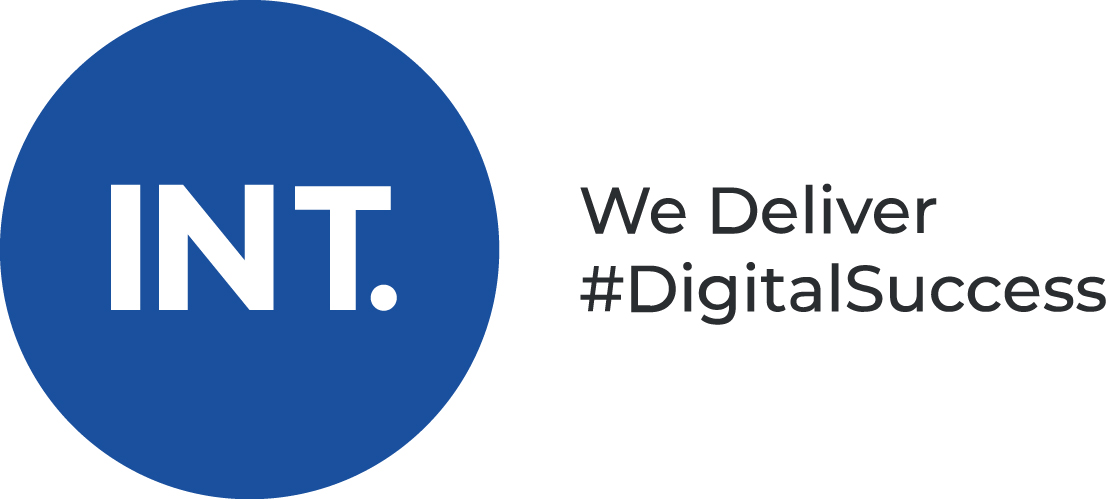
Risk assessment in insurance is not something new; it serves as the bedrock for insurance companies in terms of analyzing risks linked to every individual policy. Before delving deeper into the transformation of these legacy processes, it is important to know what insurance company risk assessment stands for.
The procedure is also known as underwriting and is a method deployed by insurance companies for the evaluation and assessment of risks attached to insurance policies.
This helps in calculating the right premium amount for the insured individual. There are several risks linked to insurance including morbidity and mortality rate fluctuations, disasters, etc.
Hence, the insurance risk assessment process goes through several methodologies including stress testing, parametric, simulation, stochastic models, benchmarking, deterministic and many others.
Risk management is the fulcrum of the industry, with insurance companies accounting for every possible factor to create high and low risk profiles for policy holders.
The risk level also influences the premiums on these policies. Insurance companies also collect massive data on prospective policy holders and the objects that are being insured.
Data mining-based statistical tools and frameworks are now being leveraged for working out risk levels.
When it comes to business insurance risk assessment, several reports confirm that most companies are now looking at big data analytics and other insurance risk assessment software for augmenting their underwriting systems. When it comes to underwriting, the following steps are usually covered:
With this premise at the forefront, here is how predictive analytics is transforming the entire picture:
Predictive modeling enables the creation of models with mathematical/statistical tools. These illuminate future performance of policies, offering insurers a detailed analysis of risks involved in the process through inherent data patterns.
These models can be neatly added to applications.
Predictive and data analytics enable superior risk assessment while helping underwriters get automated outcomes for better business decisions. Insurance companies can leverage predictive modeling and analytics for more effectiveness and consistency in the process.
This will not only help them lower costs, but also enhance overall client experiences while ensuring sizable business development simultaneously. Insurance firms will benefit from lower processing time for applications as well.
At the same time, insurance companies can forecast risks well in advance. This equates to faster identification of potential problem-areas and mitigating the same in advance to save money as well.
Risk assessment can also help them customize their policy offerings for customers based on a better understanding of intrinsic factors and risk levels.
When it comes to risk assessment and other analytics, Indus Net Technologies(INT) offers varied solutions for insurers.
It ensures cutting-edge big data analytics enabling decision making and better performance across metrics like customer retention, cross-selling/up-selling, claims and fraud. INT ensures efficient processes and outcomes for insurers, helping with the following:

Other solutions include m-commerce/e-commerce portals, API integration, lead-capturing portals, renewal, claims and quote & buy mobile apps, core insurance processing mechanism, and portals for managing brokers.
All in all, INT. assumes the role of an end-to-end solution, while taking care of risk assessment in insurance with advanced analytics-driven solutions.
About the author: Dipak Singh is a thought leader and data cruncher. Currently, he heads the Analytics Wings at INT. To know more do check out his LinkedIn profile here.

